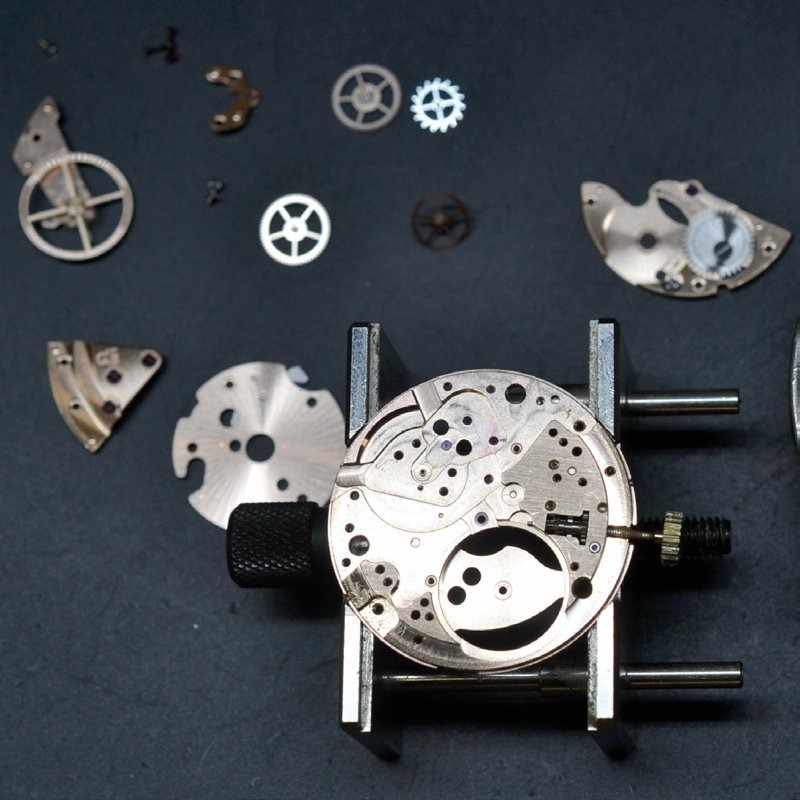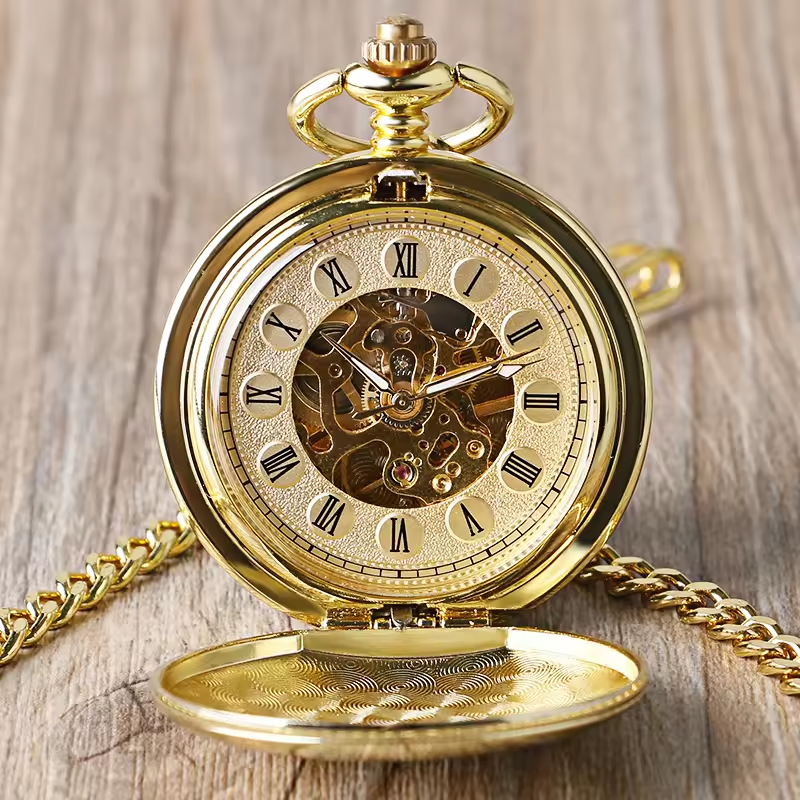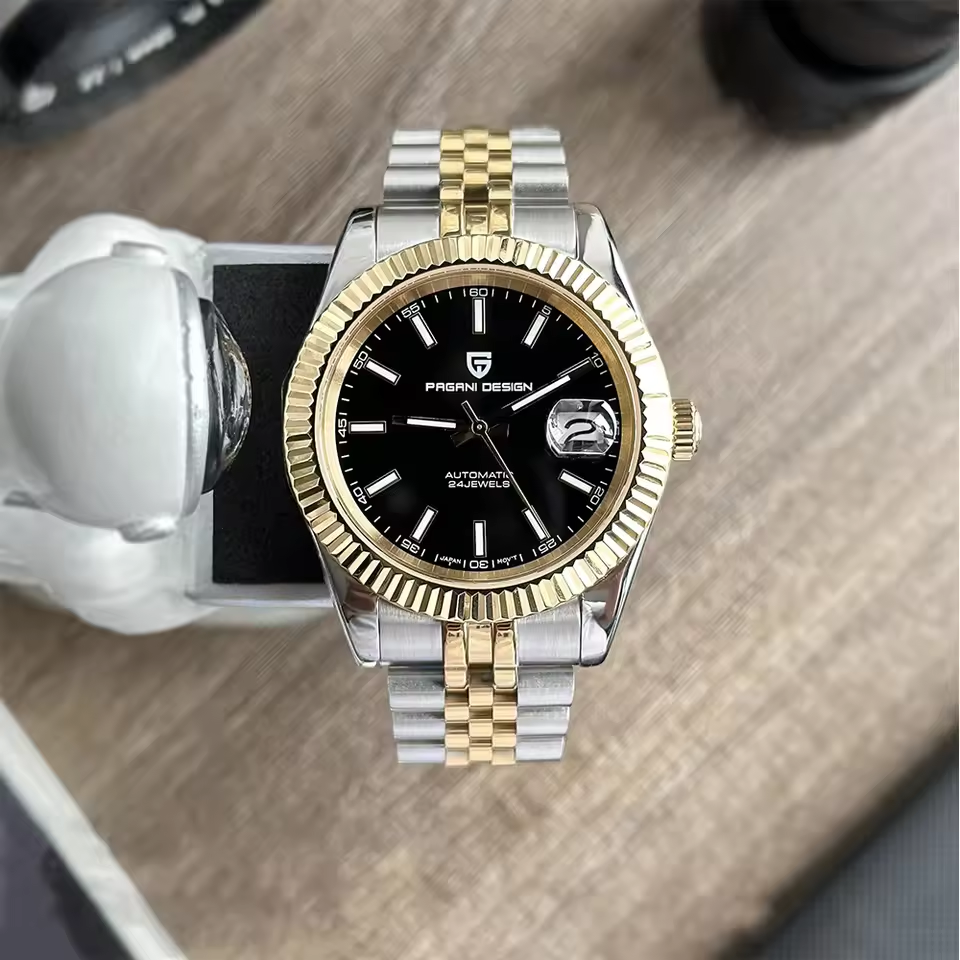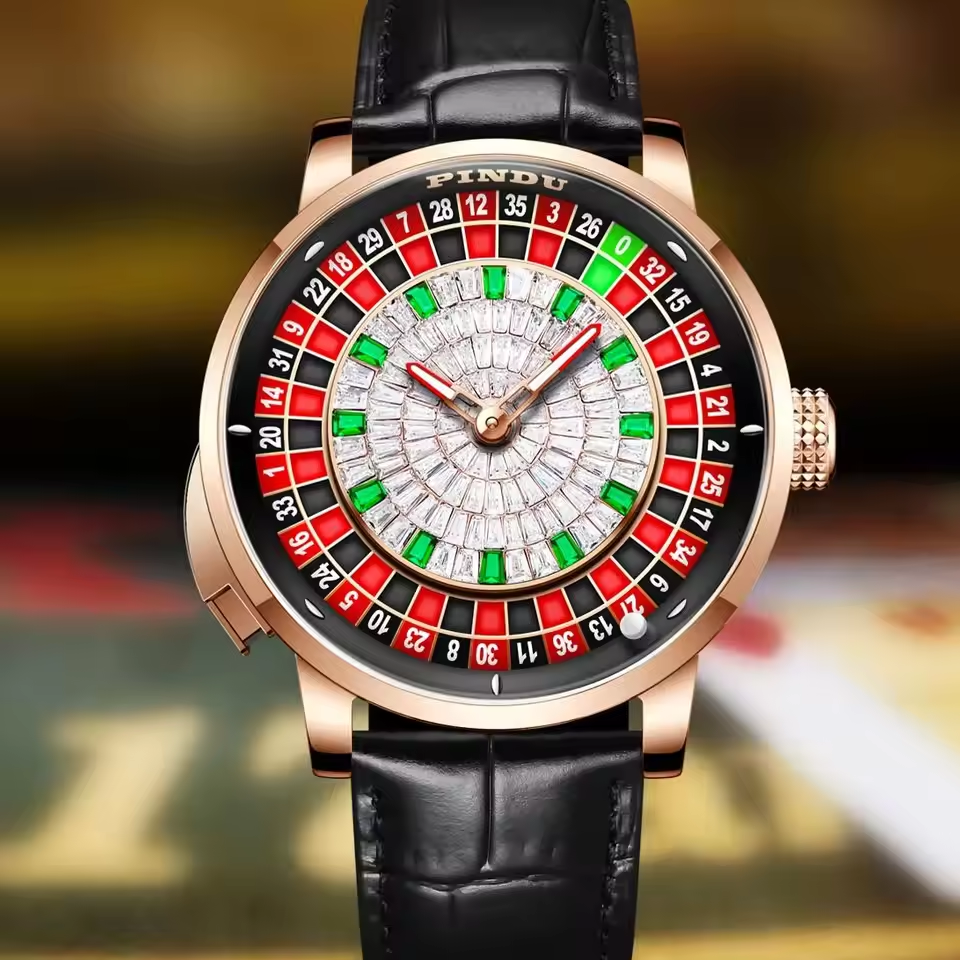Introduction: What is Mechanical Movement?
Mechanical movement is an intricate and fascinating system used to measure time through a series of gears, springs, and levers. Unlike quartz movements, which rely on electronic mechanisms to keep time, mechanical movements provide a more tangible experience. The user can appreciate the craftsmanship and engineering that goes into each piece, making mechanical watches and clocks appealing to collectors and enthusiasts alike. This article will delve deeply into the world of mechanical movements, exploring their types, internal workings, historical evolution, maintenance, and significance in horology.
At the heart of mechanical movement is the escapement mechanism. This critical component regulates energy release from the mainspring, allowing the gear train to operate smoothly. The meticulous design of mechanical movements transforms them from mere timekeeping devices into captivating pieces of art that showcase the watchmaker’s skill. Understanding mechanical movements helps enthusiasts recognize the beauty and complexity behind traditional watchmaking, fostering a deeper appreciation for these intricate machines.
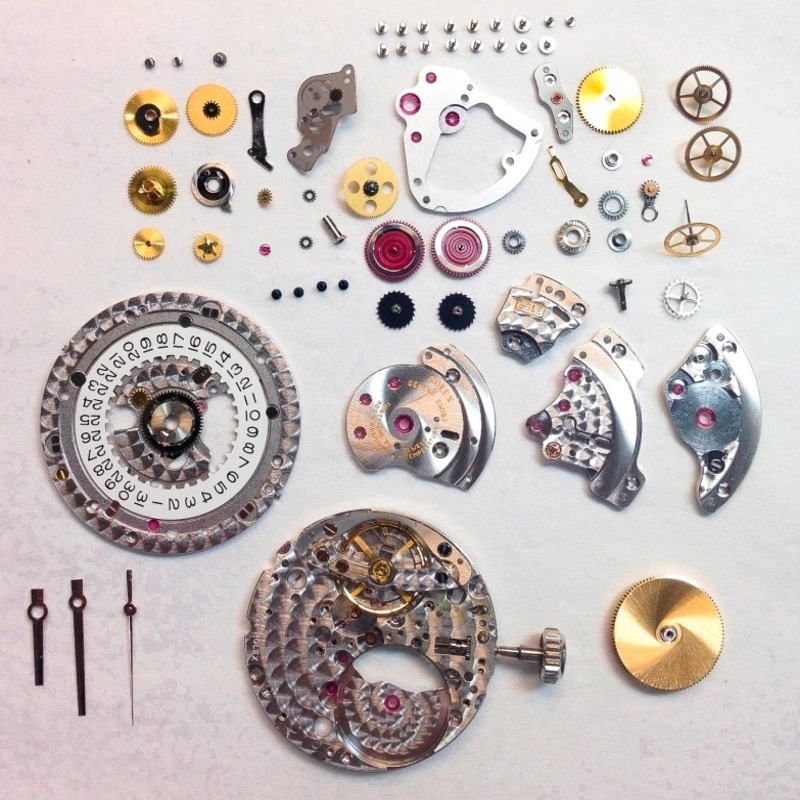
Types of Mechanical Movements
Manual Mechanical Movement
Manual mechanical movements require the wearer to wind the watch regularly. The process involves tightening a mainspring, which stores mechanical energy. Each time the watch is wound, the mainspring is coiled, preparing to release energy gradually over time. This release powers the intricate gear system responsible for advancing the hands of the watch. Many enthusiasts appreciate manual movements for their nostalgic charm, as they foster a direct connection between the wearer and the timepiece.
A notable feature of manual mechanical watches is the tactile sensation of winding the crown. Enthusiasts enjoy the ritual of winding their watches as it signifies ownership and care for the timepiece. However, consistent winding is essential; otherwise, the watch will stop functioning. This need for regular interaction with the watch adds to its allure, making manual movements especially appealing to collectors devoted to traditional methods of timekeeping.
Automatic Mechanical Movement (Self-Winding)
Automatic mechanical movements, commonly known as self-winding movements, are increasingly popular among watchmakers and collectors. These movements utilize the natural motion of the wearer’s wrist to wind the mainspring. Inside the watch, there’s a rotor that spins with wrist movements. As the rotor turns, it winds the mainspring, thus keeping the watch powered without the need for manual winding. As a result, automatic watches are convenient for daily wear, making them an ideal choice for many users.
The automatic mechanism showcases remarkable engineering. It consists of a dial with a rotor connected to a series of gears and a ratchet system that transforms motion into energy. Unlike their manual counterparts, automatic watches can maintain power even when not worn for a brief period, as they store kinetic energy. This unique self-winding feature allows watch enthusiasts to enjoy the elegance of mechanical watches without the concern of constant manual winding.
Other Variations
Besides manual and automatic movements, several specialized variations help distinguish different styles of mechanical movements. These include:
-
Tourbillon: This intricate mechanism was originally created to counteract the effects of gravity on the watch’s accuracy. A tourbillon consists of a rotating cage that houses the escapement and balance wheel. This mesmerizing display not only serves a functional purpose but also adds to the visual allure of high-end watches.
-
Chronograph: This movement combines a standard timekeeping mechanism with a stopwatch feature. Typically featuring additional sub-dials and pushers, chronographs allow for precise timing alongside regular timekeeping capabilities. These versatile movements are popular among sports enthusiasts and professionals who require accurate timing for various activities.
Each type of mechanical movement offers its own characteristics and applications, catering to diverse tastes and preferences among watch enthusiasts. Understanding these differences aids collectors in making informed decisions when choosing their ideal timepiece.
How Do Mechanical Movements Work?
Mechanical movements operate on a series of finely-tuned components, each pivotal in the overall mechanism. Understanding the internal workings of mechanical movements provides insight into why they are so revered.
Escapement
The escapement is a crucial part of any mechanical movement. It acts as a regulator, controlling the energy release from the mainspring to the gear train. The escapement gives a mechanical movement its rhythm, allowing the gears to move in precise increments. This regulation allows for consistent timekeeping, making the escapement an essential component of the movement’s functionality.
Gear Train
The gear train serves as the means of transmitting the energy from the mainspring to the escapement. Composed of a series of gears, this mechanism is designed to create the desired rate of movement, ultimately translating the energy released by the mainspring into readable time. Various gear ratios in the gear train allow for intricate designs and functionality, showcasing the watchmaker’s craftsmanship.
Balance Wheel
Another key component is the balance wheel, which oscillates back and forth to regulate the escapement’s function. This oscillation serves as a pendulum, dictating the speed at which the watch keeps time. The balance wheel’s stability and oscillation accuracy are vital for precise timekeeping.
The interaction of these components creates a beautifully complex system that diligently tracks time. The interplay between the mainspring, escapement, gear train, and balance wheel reflects the art of engineering, requiring precision and skill to produce a reliable timekeeping device.
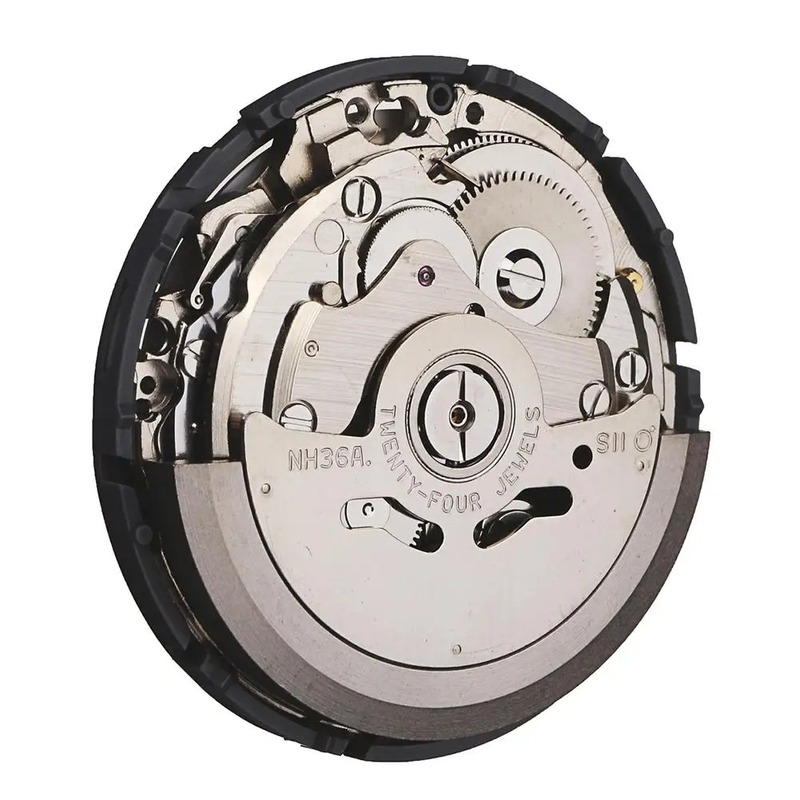
The History of Mechanical Movements
The history of mechanical movements is rich and fascinating, with developments tracing back to ancient civilizations. The concept of timekeeping began with sundials and water clocks before the introduction of mechanical devices. The first mechanical clocks emerged in Europe during the Middle Ages, primarily featuring the verge escapement mechanism.
During the 14th and 15th centuries, craftsmen experimented with various designs, improving accuracy and functionality. The introduction of the spring-driven clock in the 15th century paved the way for portable timepieces, including pocket watches.
The focal point of mechanical movement development came in the 17th century with the invention of the balance spring by Christiaan Huygens. This innovation allowed for greater accuracy, leading to the creation of more reliable timepieces. The advent of the 18th century brought further advancements, especially with the establishment of reputable watchmaking centers in Switzerland, which set industry standards that many brands still follow today.
In the 20th century, mechanical movements saw sustained innovation, particularly with the development of self-winding mechanisms and complications. Renowned brands such as Rolex, Patek Philippe, and Omega introduced features like automatic winding and intricate chronographs, further refining mechanical timekeeping.
Mechanical movements continue to evolve alongside advancements in technology while cherishing traditional craftsmanship and design. This intricate blend of historical significance and modern innovation underscores the ongoing fascination with mechanical timepieces.
Maintaining and Caring for Mechanical Movements
Proper maintenance is crucial for the longevity of mechanical movements. Regular care ensures that watches maintain their timekeeping accuracy and functionality. Here are essential tips for properly maintaining mechanical movements:
Regular Winding
For manual mechanical watches, frequent winding is necessary to keep the watch running smoothly. Even if a watch is not worn regularly, it is advisable to wind it weekly to keep lubricants evenly distributed inside the movement. This routine helps prevent the oil from congealing, which can lead to increased friction and ultimately damage the movement.
Professional Servicing
Most manufacturers recommend a complete service every 3 to 5 years, depending on the brand and how often it is worn. Professional servicing involves cleaning, oiling, and inspecting the movement for any potential issues. This process is crucial for preserving the watch’s accuracy and appearance, ensuring it remains a prized possession for years to come.
DIY Care
Watch owners can gently clean their watch cases and bands using a microfiber cloth. However, it is essential to avoid removing the case back to prevent damage to the movement. For internal cleaning and repairs, rely on professional services, as they have the necessary tools and expertise to perform these tasks safely.
Storage Tips
When not in use, store mechanical watches in a cool, dry area away from direct sunlight. Consider using a watch winder for automatic watches, which will keep the movement running and prevent the oils from settling. Additionally, store watches in padded cases to protect them from dust, moisture, scratches, and other potential damage.
By following these maintenance practices, watch owners can ensure that their mechanical movements remain in excellent condition and continue to provide reliable timekeeping.
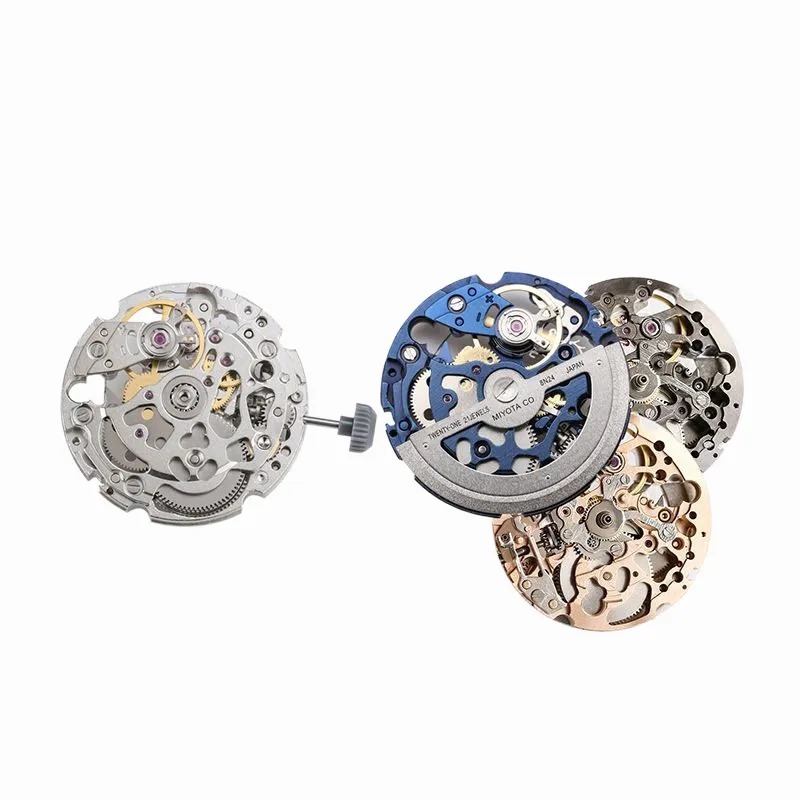
Conclusion: The Timeless Nature of Mechanical Movements
In conclusion, mechanical movements are the embodiment of artistry, precision, and historical significance in horology. These intricate systems not only tell time but also serve as a testament to the skill and craftsmanship of watchmakers. As collectors and enthusiasts explore the world of mechanical timepieces, they find beauty in the complexity and the stories behind each design.
Understanding different types of mechanical movements, how they work, and how to care for them enhances appreciation for these beautifully crafted devices. The timeless appeal of mechanical movements transcends generations, capturing the essence of human ingenuity and creativity.
For anyone considering the purchase of a mechanical watch, it is essential to recognize the craftsmanship that goes into creating the movement. A mechanical watch not only serves a practical purpose but also represents a rich tradition in watchmaking. Embrace the elegance and intricacy of mechanical movements, and discover the charm they add to timekeeping.
